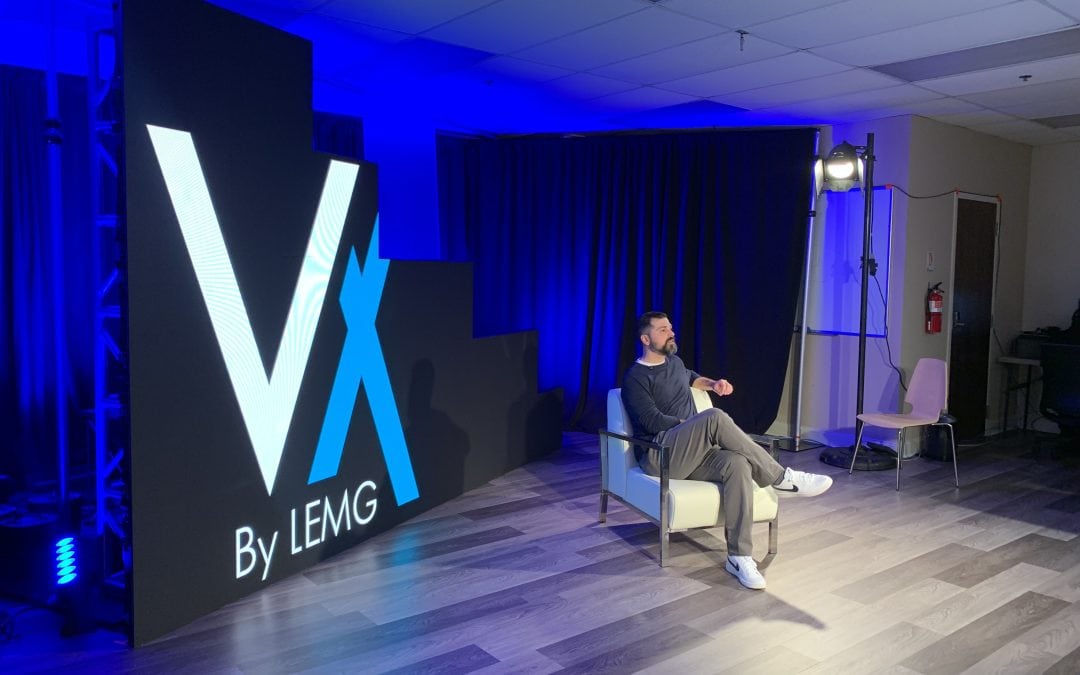In an ever-evolving landscape of corporate gatherings, virtual events have secured a solid place as a valuable tool for organizations of all types. On The Event Pro Show, host Seth Macchi offers a straightforward refresher for anyone looking to navigate virtual event planning, whether you’re shaking off the “what did we do during COVID?” cobwebs or entering this territory for the first time.
One of the first concepts Seth discusses is the need to consider both the production and the platform sides of a virtual event. Production refers to the technical and creative elements behind the scenes; think video cameras, lighting, switching between speakers, and more. The platform serves as the digital “venue,” providing everything from chat to ticketing, breakout sessions, exhibitor booths, and even ongoing access to content.
At the most basic level, many organizations default to a standard “Zoom-style” event. This is what most of us now recognize from daily remote meetings: quick, low-frills, and functional, but with minimal production value. While this straightforward setup works for small internal meetings or informal presentations, it lacks the engagement and polish that can set a professional event apart.
Taking things up a notch involves coordinating multi-location streams: imagine connecting studios or meeting hubs across several cities, all feeding into a central “control” point. Graphics, multiple cameras, and a higher degree of polish make these events feel more like a well-orchestrated show rather than a regular online call. These more complex virtual events can help presenters connect with a geographically dispersed audience, all while delivering a visually compelling experience.
For organizations seeking even more, purpose-built virtual event platforms expand the possibilities. With such platforms, you can blend live sessions with pre-recorded content, set up networking and expo areas, facilitate Q&A and interactive features, and manage ticketing or user access. These solutions offer robust data tracking and CRM integrations, giving organizations the reporting tools necessary to measure ROI and participant engagement.
But what if you want the reach of a virtual event with the excitement of an in-person gathering? Hybrid events bridge that gap, combining elements of live and digital for a broader, more inclusive approach. By integrating virtual features into an in-person event, you can reach audiences who can’t travel, expand your ticket pool, and create more value for sponsors and attendees alike.
The key takeaway from this episode is clear: successful virtual events start with the right strategy and scale. Choosing the right approach, whether that’s a simple online meeting or a full-scale, platform-driven experience, comes down to your goals, audience, and available budget. And, as Seth points out, having a trusted production partner can make all the difference, ensuring your event runs smoothly and delivers on its objectives.
Whether you’re planning your first virtual event or looking to enhance your next one, remember that flexibility and creativity are your greatest assets. Platforms, production, and planning should all align to help you create memorable, effective experiences, online, in-person, or both.
If you need help or recommendations for experienced production partners, don’t hesitate to reach out to Seth Macchi via LinkedIn or check out more resources at LEMG Live. For more podcast episodes, tune in here:


